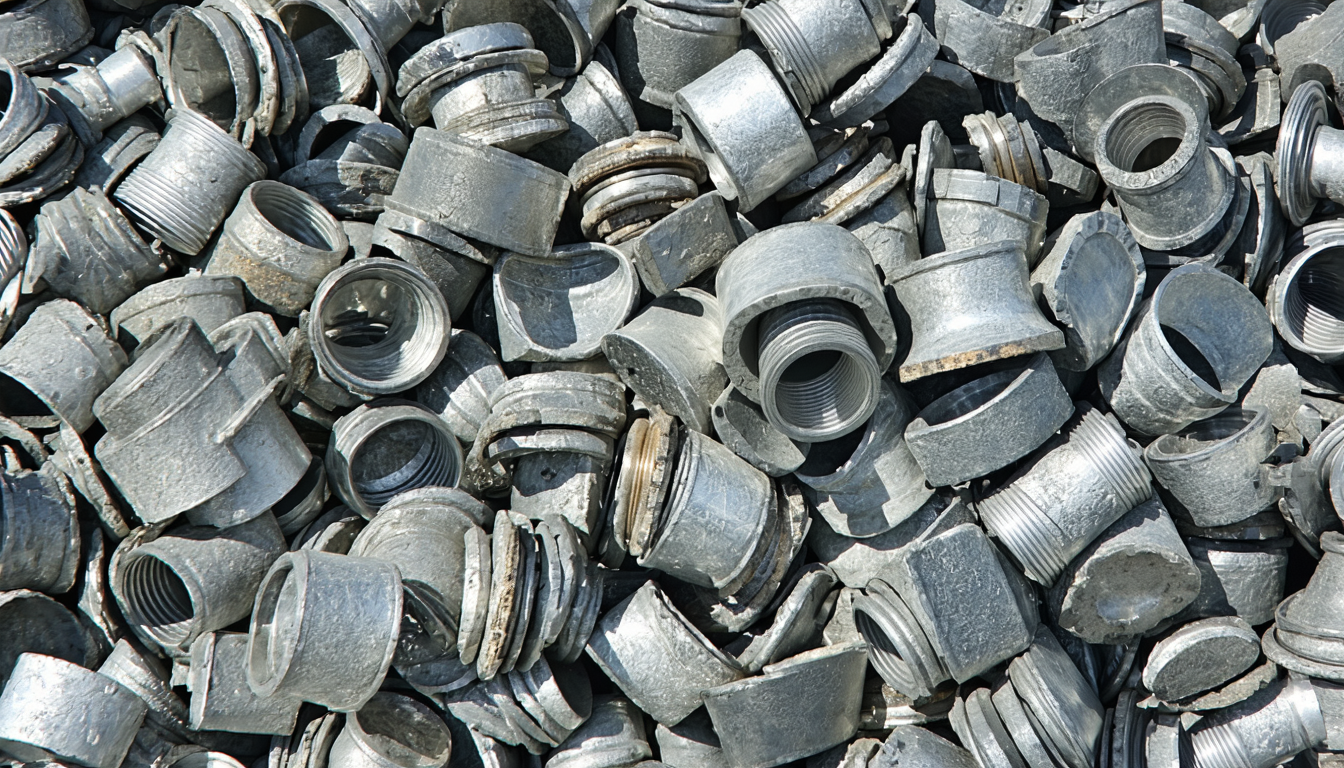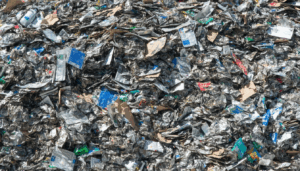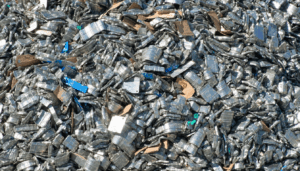The United States is witnessing a transformative era in all metal recycling, driven by technological innovation, policy shifts, and growing environmental awareness. As industries and communities strive for sustainability, the recycling of metals like steel, aluminum, and copper has become a cornerstone of the circular economy. This article explores the latest developments in all metal recycling across the nation, from cutting-edge processing methods to legislative support, and examines their impact on businesses, consumers, and the environment. Stay tuned as we uncover the trends shaping this vital sector in 2023.
The Surge in All Metal Recycling Efforts
Metal recycling in the U.S. has gained significant momentum, with over 50 million metric tons of scrap metal processed annually, according to the Institute of Scrap Recycling Industries (ISRI). This includes ferrous metals like iron and steel, as well as non-ferrous metals such as aluminum and brass. In 2023, the industry has seen a 7% increase in recycling rates compared to last year, fueled by heightened demand for raw materials in manufacturing and construction.
This growth is not just about numbers; it reflects a broader shift toward sustainable practices. Companies are investing in advanced sorting technologies to improve efficiency. For instance, automated systems using AI now separate metals with greater precision, reducing waste and boosting recovery rates.
Technological Innovations Driving Efficiency
One of the most exciting developments in all metal recycling is the adoption of cutting-edge technology. Innovations like robotic sorting lines and sensor-based systems have revolutionized how scrap metal is processed. These tools can identify and segregate different metal types at unprecedented speeds, ensuring higher purity levels for recycled materials.
According to Dr. Emily Carter, a materials science expert at Stanford University, “The integration of AI-driven sorting technology is a game-changer for the recycling industry. It not only enhances output quality but also cuts operational costs by up to 20%.” Such advancements are helping U.S. facilities stay competitive in a global market.
Legislative Support and Economic Impact
Government policies are playing a crucial role in supporting all metal recycling initiatives. In early 2023, the Biden administration introduced incentives under the Inflation Reduction Act to encourage sustainable industrial practices, including tax credits for recycling facilities. Additionally, several states, such as California and New York, have tightened regulations on landfill waste, pushing businesses to recycle more metal scrap.
The economic benefits are clear. The recycling sector employs over 150,000 workers nationwide, as per ISRI data, while contributing approximately $13 billion annually to the economy. For stakeholders like manufacturers, recycled metals offer a cost-effective alternative to virgin materials, especially amid fluctuating global commodity prices.
Environmental Benefits and Challenges
Recycling metals significantly reduces greenhouse gas emissions compared to mining new ores. The Environmental Protection Agency (EPA) estimates that recycling aluminum saves up to 95% of the energy required for primary production. This is critical as the U.S. aims to meet its net-zero emissions target by 2050.
However, challenges remain. Contamination of scrap metal with non-recyclable materials often hampers processing efficiency. Public awareness campaigns are underway to educate consumers on proper disposal practices, but progress is slow in some regions.
Future Outlook for All Metal Recycling
Looking ahead, the future of all metal recycling in the U.S. appears promising yet complex. Industry analysts predict that by 2030, the demand for recycled metals could double due to growth in electric vehicle production and renewable energy infrastructure. This presents both an opportunity and a challenge for scaling up capacity.
On the flip side, experts caution that without consistent investment in infrastructure and education, the sector may struggle to meet rising needs. A balanced approach involving government, industry, and community collaboration will be essential to sustain momentum.
In conclusion, all metal recycling stands at a pivotal moment in the United States. With technological advancements, supportive policies, and clear environmental benefits, the industry is poised for growth. However, addressing operational hurdles and fostering public participation will be key to unlocking its full potential. As 2023 unfolds, this sector remains a critical player in building a sustainable future.
Frequently Asked Questions (FAQs)
1. What types of metals are included in all metal recycling?
All metal recycling encompasses both ferrous metals (like iron and steel) and non-ferrous metals (such as aluminum, copper, brass, and lead). These materials are commonly sourced from industrial scrap, consumer goods, and construction waste.
2. Why is metal recycling important for the environment?
Recycling metals reduces the need for mining, conserves energy, and lowers carbon emissions. For example, recycling steel saves about 74% of the energy used in producing it from raw ore.
3. How can individuals contribute to metal recycling efforts?
Individuals can participate by separating metal waste from other trash, using local recycling programs, and avoiding contamination by cleaning items before disposal. Small actions like recycling cans or old appliances make a big difference.
4. What challenges does the U.S. face in expanding metal recycling?
Key challenges include contamination of scrap materials, insufficient public awareness, and limited infrastructure in some areas. Addressing these issues requires coordinated efforts from policymakers, businesses, and communities.





